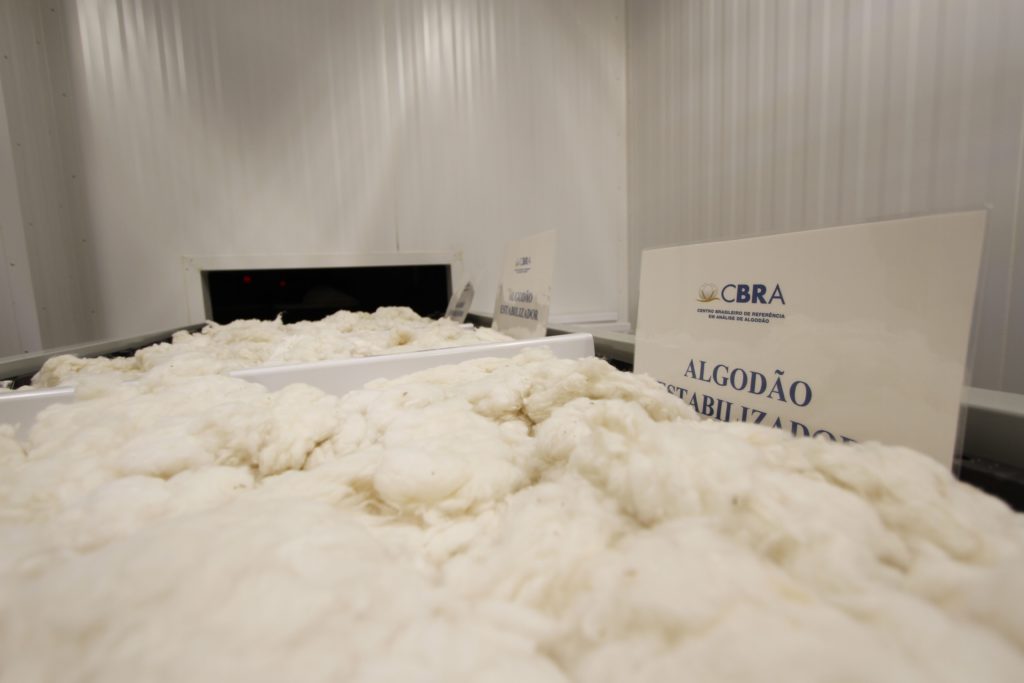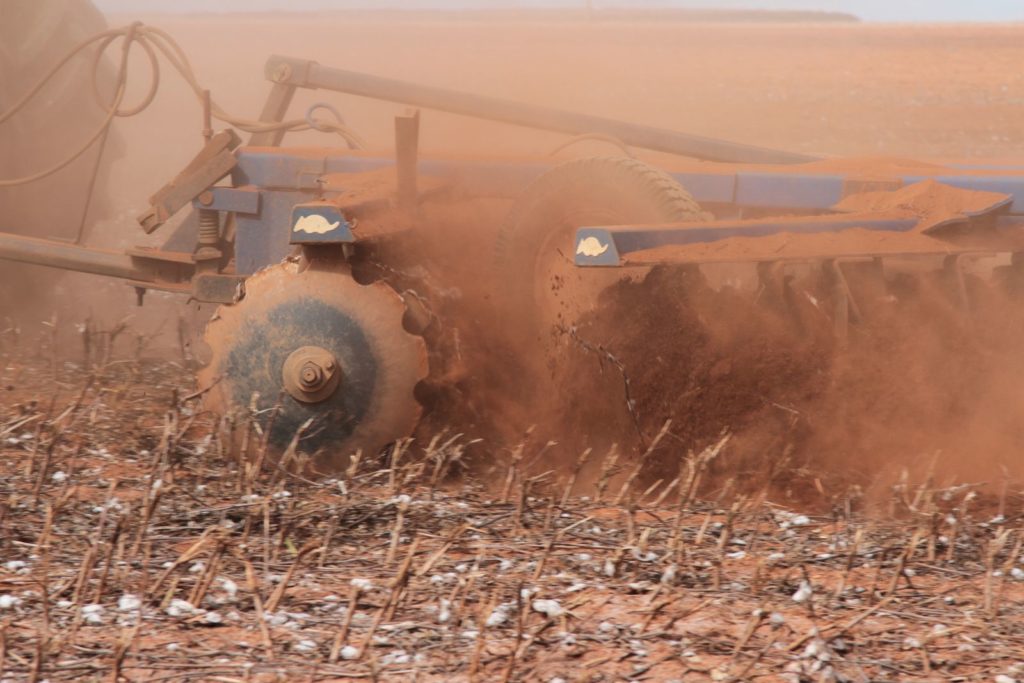8 curiosities about cotton: the endeless possibilities of the fiber
Brazilian cotton |
It is one of the main Brazilian products and the most used natural fiber in the world! Learn the greatest curiosities about cotton!
Cotton is one of the main products in the Brazilian agricultural chain and the most used natural fiber in the world. As such, cotton farming creates jobs and provides raw material for several sectors and industries.
In addition, the beauty of a cotton crop at harvest time can be considered one of the most beautiful things ever! That all-white field, which reminds us of the best possible sensations, is an invite to contemplation.
The history of cotton is filled with curious facts. For example, did you know that cotton growing in Brazil started a long time ago thanks to the indigenous people? In time, the country discovered the great potential cotton had for commercial and agricultural purposes, thus allowing for an exponential growth of the domestic economy.
But better than knowing these stories is to understand how far cotton can go. The diverse uses of this product are fascinating and unusual, and today we will share some curiosities about cotton.
COTTON CURIOSITIES
The term “cotton” comes from Arabic
Many people search the meaning of the name “algodão” (cotton, in Portuguese). It was the Arabs who spread the plant throughout Europe between the 9th and 11th centuries, so we can locate its origin in that region. The word is derived from the Arabic term “al-qu-Tum”, in free translation, “the lint”, which means “hair” or “fluff”. From there, variations in each country emerged, such as cotton, in English; coton, in French; cotone, in Italian; and algodón, in Spanish.
Indigenous people were the first to use cotton in Brazil
When the first Europeans arrived in the country, Indians were already growing cotton and transforming the fiber into yarns and rudimentary fabrics. After some time, specifically in 1750, the productive and commercial potential of cotton in the Brazilian Northeast was discovered.

It is used in the production of oil, animal feed, and even fertilizers
The seed cotton is also used in the production of edible (cooking) oil, biodiesel, and mixtures for animal feed and fertilizers. From these first products it is possible to make many other byproducts including mayonnaise, sauces, fried food, lubricant, margarine, and cookies.
The ups and downs of cotton in Brazil
Brazil was one of the largest growers and exporters of cotton in the world, with the main production area located in the Northeast. But in the late 1980s there was a serious infestation of the cotton bollworm and by the early 1990s the consequences hit. Crops were devastated, farmers lost everything, families had no income, and a great crisis set in.
At the end of the same decade, hopes were renewed. Production resumed, but this time the main growing area had shifted to the Midwest. At that time, Abrapa (Brazilian Cotton Growers Association) was founded.
In 2012, the ABR (Responsible Brazilian Cotton) socio-environmental certification program was created and, since then, we have only been growing. Brazil is currently the 4th largest producer, 2nd largest exporter, and the largest supplier of responsible cotton in the world!

There are several cotton fibers
Here is a curiosity that you didn’t know: besides the main fiber extracted from seed cotton, which is used in the textile industry, the cotton boll is also made up of fibril and linter, which are short, but very important fibers. With them it is possible to manufacture pharmaceutical products, rustic fabrics, upholstery materials, filters, gunpowder wicks, carpets, and cleaning cloths.
Other fibers found in the plant include those from underdeveloped bolls, and burrs and other hull fragments, but because of their low representativeness in volume and value for the production chain, they are considered residues.

Money is also made of cotton
That’s right, you didn’t misread it! From the short linter fibers it is possible to produce Brazilian Real bills. The paper created to make these banknotes is composed of three layers: two outer layers, produced with wood pulp, and a middle layer, which is entirely made of cotton linter. This layer is the one that receives the main security measures that make it difficult to counterfeit banknotes.
It is related to okra and hibiscus
Cotton, okra, and hibiscus belong to the botanical family Malvaceae, which comprises more than 2,000 species spread all over the world, mainly in South America. These plants have characteristics in common, such as the presence of small hairs or scales, and their flowers are very similar in anatomy.
Step-by-step: all the phases the fiber goes through in the field
The first step happens with the soil being prepared with basic nutrients for planting. After planting, it is time for germination and growth. At this point, it is important to make sure the plants develop with all the nutrients, free from pests and diseases.
After 60 days they begin to bloom and, in this first phase, the flower is white, turning purple after pollination. This is how the bolls, which are the cotton plant’s fruits, are filled, and it is inside them that the cellulose is transformed into fiber. The buds appear when the bolls start to dehydrate and open, leaving their inner white fiber exposed.
And then we come to harvest time, which takes place, on average, 160 days after germination. The large, highly technological cotton pickers come on the scene and are even able to work by themselves, and do it with precision. Thanks to the mechanization of the Brazilian cotton industry, today our fiber is considered 100% free of contamination!

The possibilities are many and it is amazing to know all the functions our cotton has. That is why it is so important to understand each process and ensure the effectiveness and sustainability of these production systems. After all, cotton is much more present in our daily lives than we can imagine!
And how about you, did you know any of these 8 cotton curiosities?






